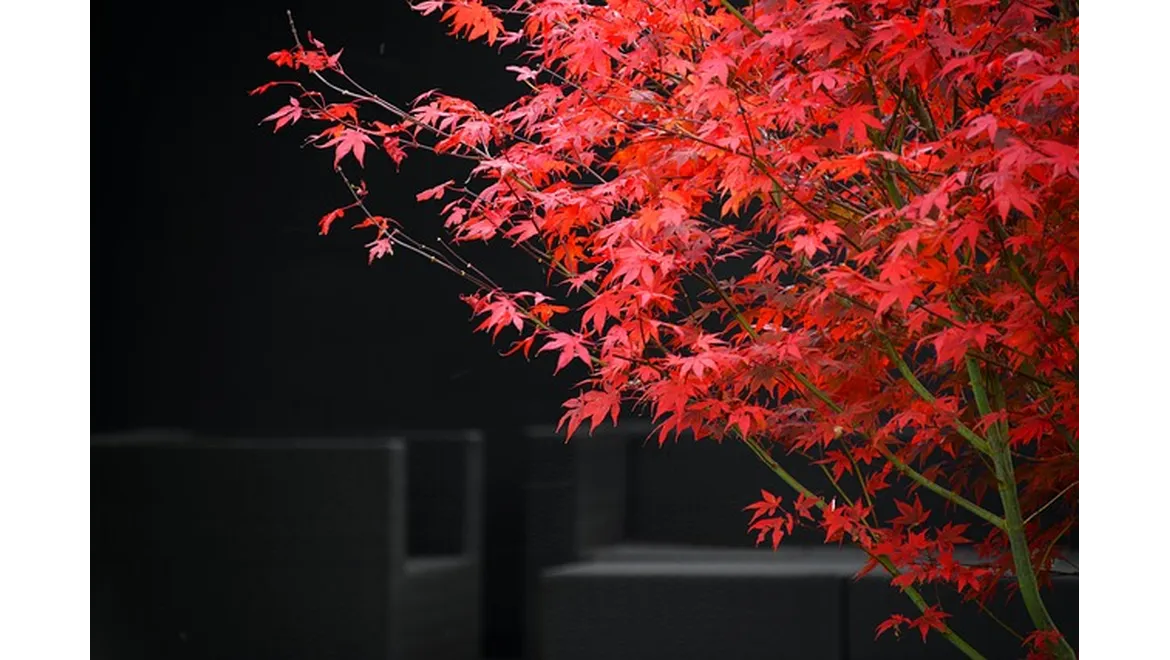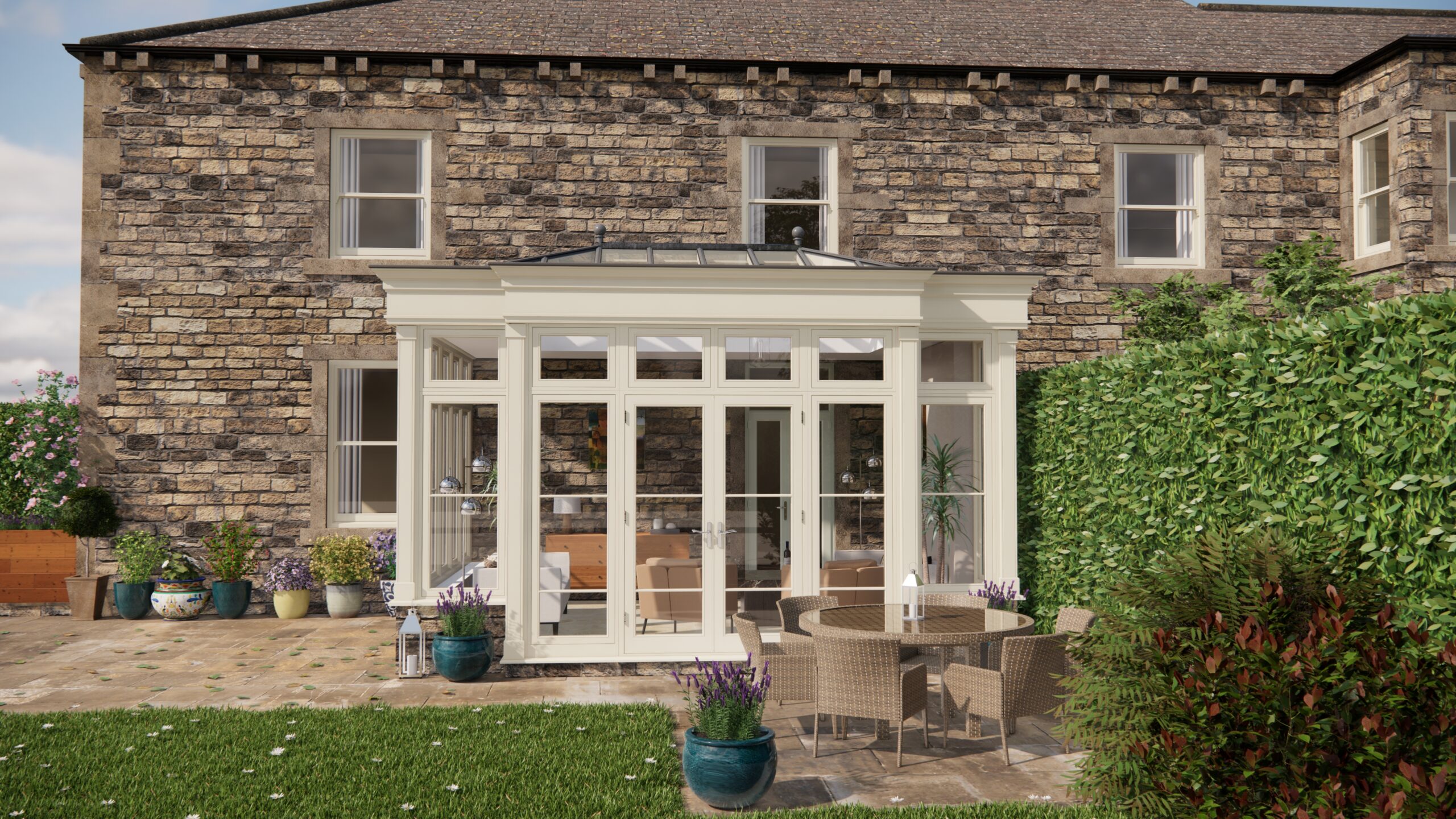When it comes to adding value to UK properties, many homeowners are on the hunt for the perfect blend of aesthetics and return on investment. After all, a well-manicured garden can be the crown jewel of a luxury estate. Recently, I had the pleasure of sitting down with Emma Taylor, a seasoned landscape architect, to delve into her insights from her latest project: “The Best Trees and Shrubs for High-Value UK Properties: A Landscaping Guide.”
Meeting Emma Taylor
Emma greeted me with a warm smile as we settled into a sun-dappled corner of her garden. Surrounded by a vibrant tapestry of greenery, it was easy to see why she had such a passion for her work. “Landscaping isn’t just about planting pretty things,” she began. “It’s about creating harmony between nature and architecture, especially in high-value properties where every detail counts.”
The Importance of Selecting the Right Trees and Shrubs
Emma was quick to emphasise the significance of selecting the right plants for different properties. “Not all trees and shrubs are created equal,” she explained. “When you’re looking to add value, you need plants that not only look stunning but also thrive in the UK climate with minimal fuss.”
She outlined a few key steps to follow when selecting plants for a property:
-
Understand the Space: “First, assess the garden’s size, soil type, and sunlight exposure,” Emma advised. “These factors determine which plants will not only survive but flourish.”
-
Consider the Architecture: Emma stressed the importance of complementing the property’s design. “If it’s a modern build, sleek and structured plants like silver birch or topiary might work best. For older homes, heritage varieties like yew or English oak could be more suitable.”
-
Longevity and Maintenance: “High-value properties often belong to busy individuals, so low-maintenance plants that offer year-round interest are key,” she noted. “Evergreens like boxwood or holly are fantastic for this.”
Emma’s Top Picks for Trees and Shrubs
Eager to know more, I asked Emma about her top recommendations from her guide. Her eyes lit up as she listed a few of her favourites:
-
Magnolia Grandiflora: “This is a real showstopper,” Emma enthused. “Its large, fragrant flowers add a touch of elegance and are perfect for making a statement.”
-
Amelanchier lamarckii: According to Emma, this shrub is a seasonal delight. “It offers beautiful blossoms in spring, lush foliage in summer, and a stunning display of autumn colour.”
-
Taxus baccata (Yew): “Yew is fantastic for creating classic hedges or topiary,” Emma said. “It’s timeless and offers privacy, which is a big plus for high-end properties.”
Designing for Curb Appeal and Functionality
Emma stressed the dual goals of curb appeal and functionality. “Your garden should be beautiful, but it should also serve a purpose,” she said. “Think about pathways, seating areas, and how the space will be used. A well-designed garden invites you in and makes you want to stay.”
She shared some tips for achieving this balance:
-
Layering Plants: “Use a mix of heights and textures to create depth,” Emma recommended. “Tall trees provide a canopy, mid-sized shrubs add structure, and ground covers fill in the gaps.”
-
Creating Focal Points: “Every garden needs a focal point, whether it’s a statue, a water feature, or a particularly striking tree. It draws the eye and gives the space a sense of cohesion.”
-
Incorporating Seasonal Interest: “A garden should evolve with the seasons,” Emma explained. “Choose plants that offer something different throughout the year, like berries in winter or blooms in spring.”
Final Thoughts
As our conversation wound down, Emma left me with some lasting thoughts on the art of landscaping. “The best gardens are those that reflect the personality of the homeowner while enhancing the property’s value,” she said. “It’s about creating a space that feels both luxurious and lived-in.”
Reflecting on Emma’s insights, it became clear that successful landscaping is as much about understanding the needs of the land and the owner as it is about choosing the right plants. With her expert guidance, anyone can transform their garden into a verdant sanctuary that not only boosts property value but also provides a personal retreat. Whether you’re an aspiring gardener or a seasoned property developer, Emma’s advice is sure to inspire your next landscaping project.


